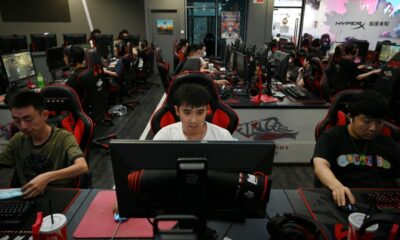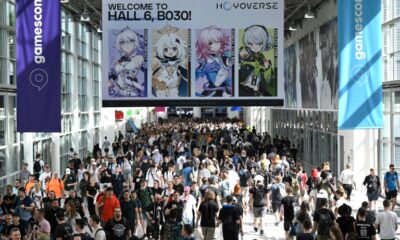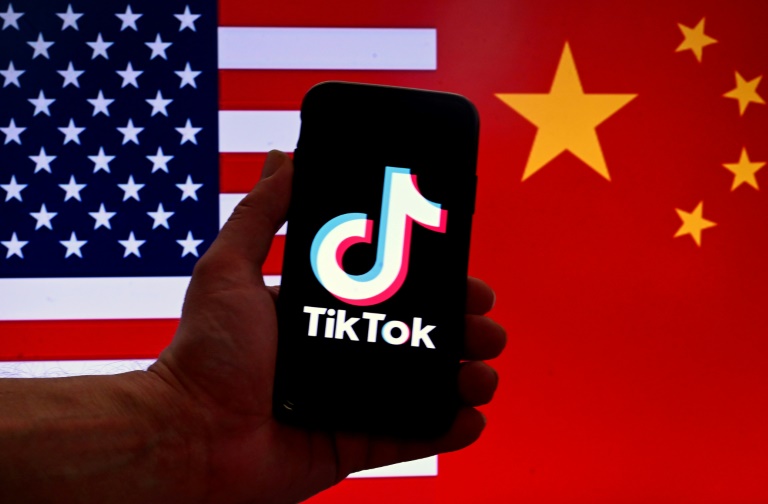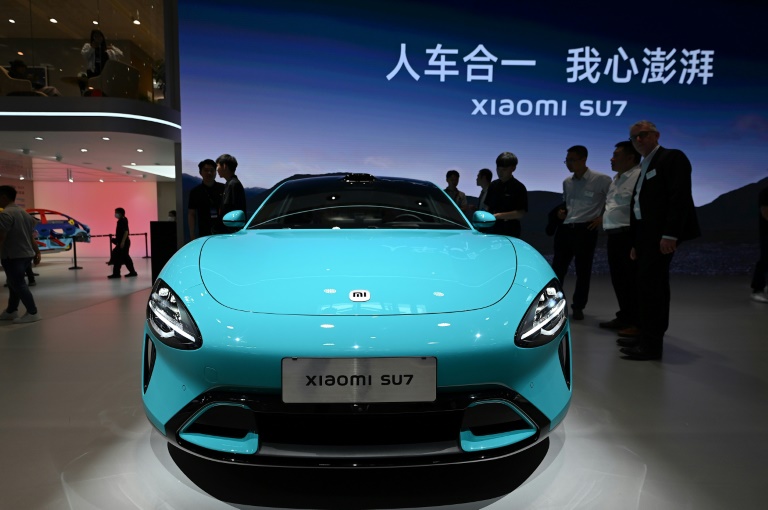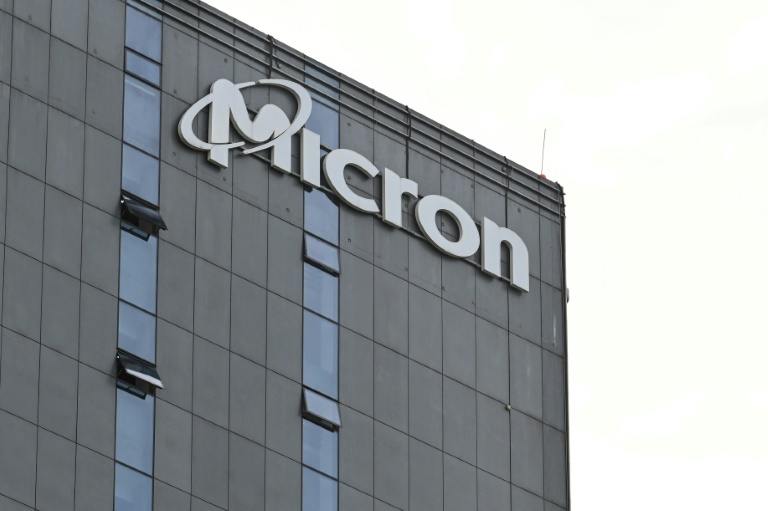Unsung workers who make movie superheroes fly and lightsabers crackle are turning to labor unions as relentless demand for content turns dream jobs into grueling routines.
A union trend that started at an independent game studio last year is gaining momentum as video streaming services vie for subscribers and video game makers push to keep players engaged.
The latest moves come from visual effects (VFX) crews at Marvel Studios and Walt Disney Pictures, according to labor organizers who represent behind-the-scenes workers in entertainment.
The rash of organizing comes as Hollywood is in the throes of shutdown brought on by unionized writers and actors over pay and concerns about the use of artificial intelligence (AI).
Mail-in ballots will be tallied Tuesday by the National Labor Relations Board to determine whether VFX workers at Marvel will be certified as the first union of its kind at a major studio.
Labor organizers at the International Alliance of Theatrical Stage Employees (IATSE) see the effort as a major shift in a job that has been largely non-union since VFX was revolutionized by “Star Wars” in the 1970s.
Visual effects crews at Walt Disney Pictures are voting this month whether to unionize.
“We are witnessing an unprecedented wave of solidarity that’s breaking down old barriers in the industry and proving we’re all in this fight together,” said IATSE International President Matthew Loeb.
“Entertainment workers everywhere are sticking up for each other’s rights, that’s what our movement is all about.”
– ‘Crunch’ time woes –
Competition between streaming television titans Amazon, Apple, and Netflix has ramped up demand for shows, almost all of which involve visual effects these days, IATSE organizer Mark Patch told AFP.
“Without VFX, you wouldn’t have a lightsaber; you wouldn’t have Avengers flying around,” Patch said.
“We love this work, but we need health care; we need to be paid overtime, we need to have meal breaks…”
It is common for VFX workers to put in 15-hour-plus days, even sleeping under desks while facing production deadlines, according to Patch.
Video game industry workers have long complained of similar grueling schedules during crunch times to make release dates.
Employees in studios are increasingly seeking solidarity to improve working conditions, according to IATSE international representative Chrissy Fellmeth.
Video game worker pay and benefits have stagnated in the multi-billion-dollar industry, while the speed of releases has accelerated along with demand for updates, Fellmeth told AFP.
And with games rushed out the door, studio workers have to scramble afterward to fix software bugs.
People working behind the scenes in video games typically last about seven years before changing careers to other tech sectors, according to Fellmeth.
“They tend to leave for greener pastures,” Fellmeth said.
“Even though they love working in games, it turns out to be way too difficult.”
Game studio Workinman Interactive in New York State, which boasts clients including Nintendo and Disney, last month saw the start of a unionizing effort according to the IATSE.
They would join a handful of video game studio unions, including the Game Workers Alliance Union launched early last year by quality assurance workers at Activision Blizzard’s Raven Software.
“I’m so excited to see what the future holds for us now that we have a chance to have our voices heard and respected as equals,” Workinman junior developer Cori Mori said in a release.
– Actors strike spark? –
Interest in union protection among video game workers has heightened as studios curtail remote work, meaning employees are being pressured to live near offices in cities that tend to be expensive, according to Fellmeth.
The ongoing strike by film actors and writers has also been a factor, spotlighting the power of workers uniting.
Writers walked off the job in May, followed by actors in July. Both unions are asking for better pay, and guarantees that AI will not steal their jobs and income, among other demands.
The strikes have halted production on many studio films and television series.
“Writers and the actors being on strike have brought the idea of organizing to a lot of people’s attention,” Fellmeth said.
“And that absolutely includes game workers.”

 Business4 months ago
Business4 months ago
 Business5 months ago
Business5 months ago
 Events3 months ago
Events3 months ago
 People4 months ago
People4 months ago
 Events6 months ago
Events6 months ago






